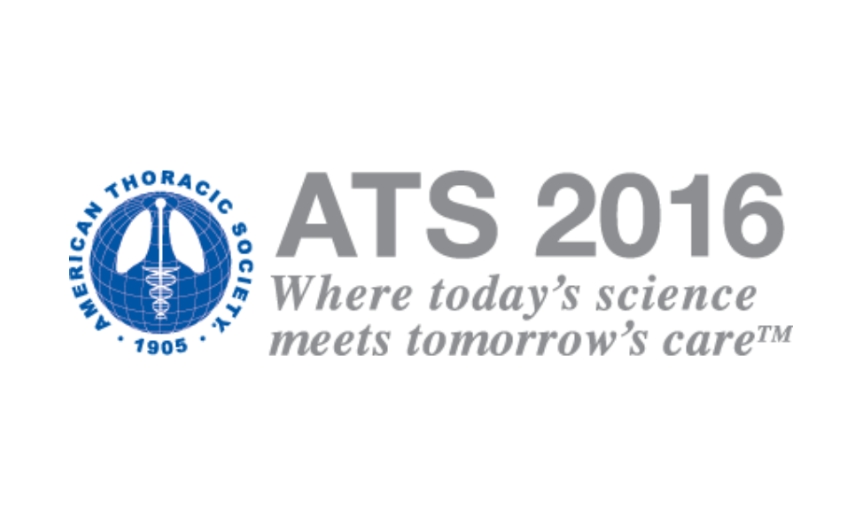BURNABY, British Columbia, May 18, 2016 /PRNewswire/ — Lungpacer Medical, Inc., a medical device company developing an intravenous catheter-based phrenic-nerve-pacing system, announced today that Steven Reynolds, MD will be presenting data related to the recently completed Phrenic Activation for Enhanced Respiration (PACER) feasibility trial at the American Thoracic Society Meeting in San Francisco, California on Wednesday, May 18, 2016. The company enrolled 24 mechanically ventilated patients.
The PACER feasibility study was designed to determine initial safety, early feasibility, and functionality of Lungpacer’s IntraVenous Electrode (LIVE) Catheter and prototype stimulation system. The results are encouraging as the clinical trial demonstrated the ease and safety of LIVE Catheter insertion and removal, and success at pacing the target phrenic nerves. The study also confirmed the ability to reduce the harmful positive pressure produced by a mechanical ventilator to deliver breaths to the patients, consistent with the company’s preclinical data.
“The Lungpacer LIVE Catheter was easily placed and shown to be effective at stimulating the diaphragm muscle in synchrony with the mechanical ventilator. No adverse events were observed. We look forward to measuring the therapeutic benefits of the Lungpacer technology in the next phase of clinical studies,” commented Steven Reynolds, MD.
“We are excited to present data from the PACER feasibility study, which indicates the potential for our novel therapy to help critically ill patients that are susceptible to ventilator-induced diaphragm dysfunction and ventilator induced lung injury,” said Doug Evans, Lungpacer’s President and CEO.
About Ventilator-induced Diaphragm Atrophy and Lung Injury
Mechanical ventilation (MV) can be life-saving for many critically ill patients. However, MV can also be harmful to the patient as continued MV and sedation interrupt the normal activation of the diaphragm muscle, which then atrophies rapidly and profoundly (known as Ventilator-induced Diaphragm Dysfunction (VIDD)). In addition, positive-pressure invasive ventilation can damage the lungs (Ventilator-Induced Lung Injury, (VILI)) and is associated with Ventilator-Associated Pneumonia (VAP).
VIDD, VILI and VAP are key contributing factors to the frequent difficulty in weaning patients from the ventilator. About 31% of patients on MV are categorized as ‘difficult to wean’ and approximately 10% require prolonged weaning periods greater than seven days. These patients alone account for 40% of total ICU patient-days and become the most expensive in-patients in North American hospitals. When a critically ill patient becomes ventilator-dependent, the risk of dying in the ICU increases seven-fold.
About Lungpacer Medical, Inc.
Lungpacer Medical is a clinical stage medical device company pioneering the development of neurostimulation systems designed to exercise and strengthen the diaphragm muscle and reduce complications in critically ill patients who require mechanical ventilation. The proprietary Lungpacer system is designed to activate the diaphragm using a temporary, minimally invasive, transvascular nerve stimulation approach that is expected to restore diaphragm strength and endurance in patients who have failed to wean from MV after their diaphragm muscle atrophied as a consequence of VIDD, thus saving many lives, improving patient outcomes, and greatly reducing hospital care costs. The Lungpacer Diaphragm Pacing System is at this time an investigational device only and is not for sale in any country.
This press release contains “forward-looking statements” concerning the development of Lungpacer’s products, the potential benefits and attributes of such products, and the company’s expectations regarding its prospects. Forward-looking statements are subject to risks, assumptions and uncertainties that could cause actual future events or results to differ materially from such statements. These statements are made as of the date of this press release. Actual results may vary. Lungpacer undertakes no obligation to update any forward-looking statements for any reason.

